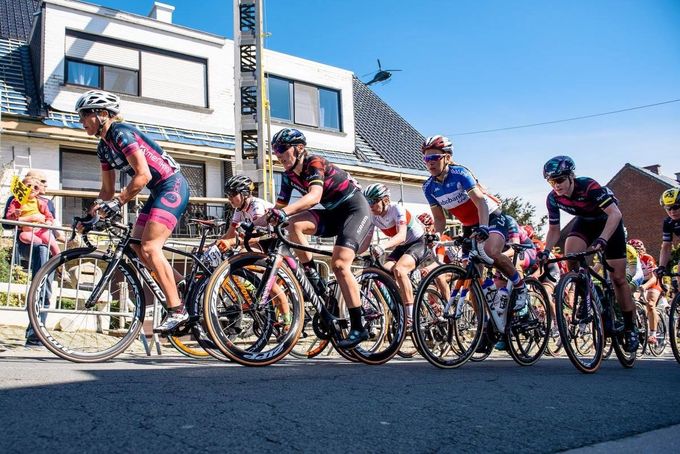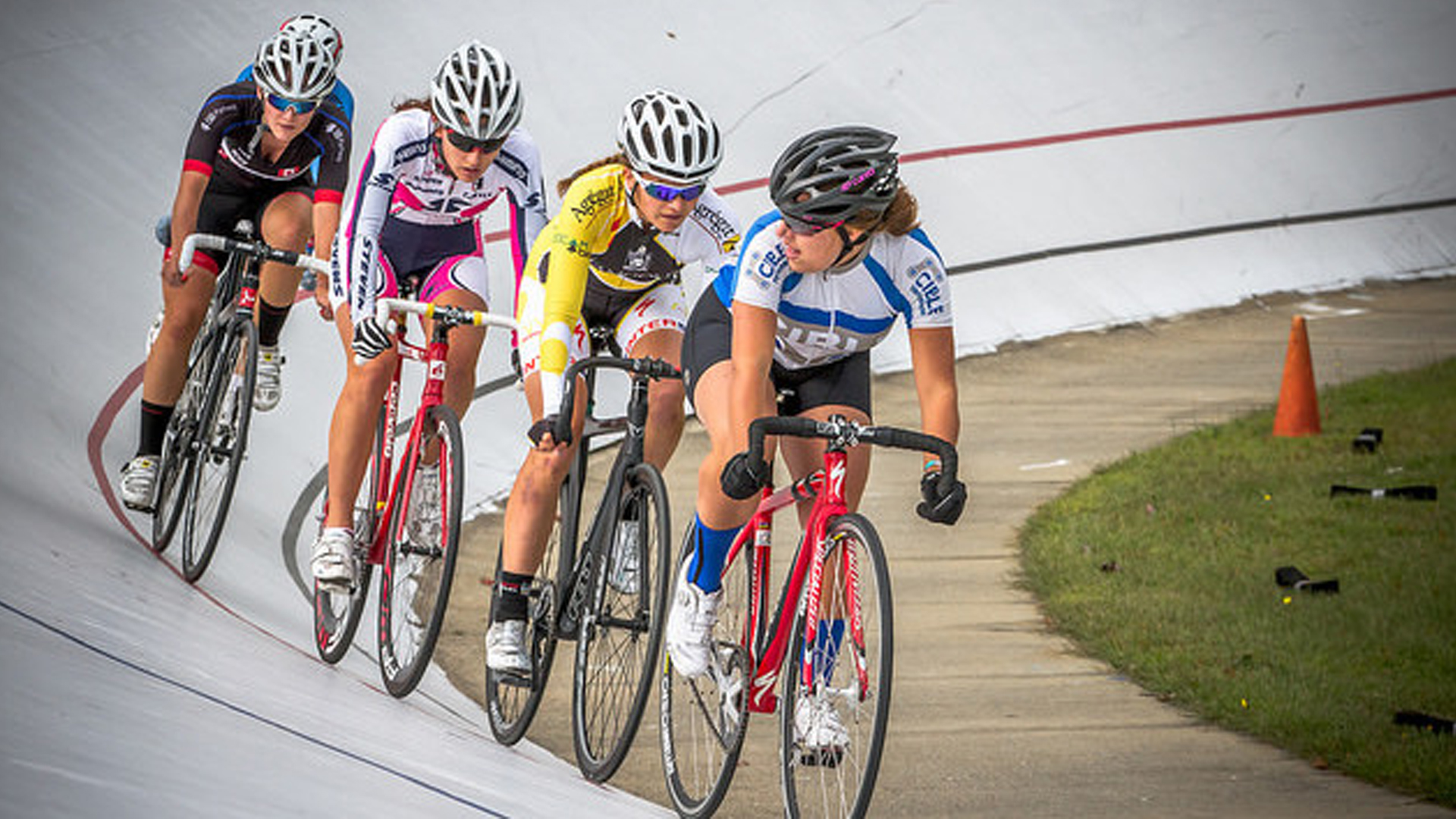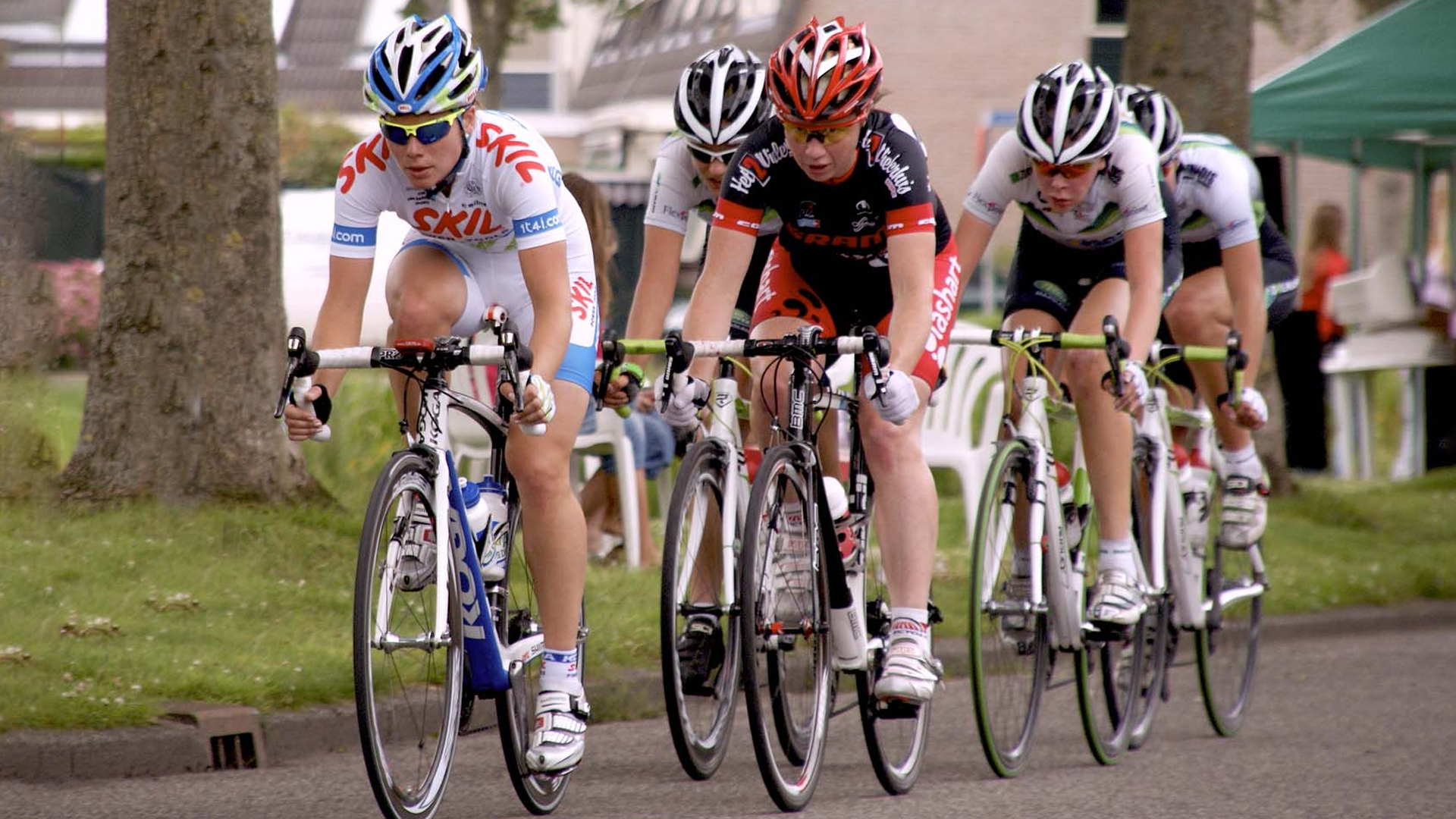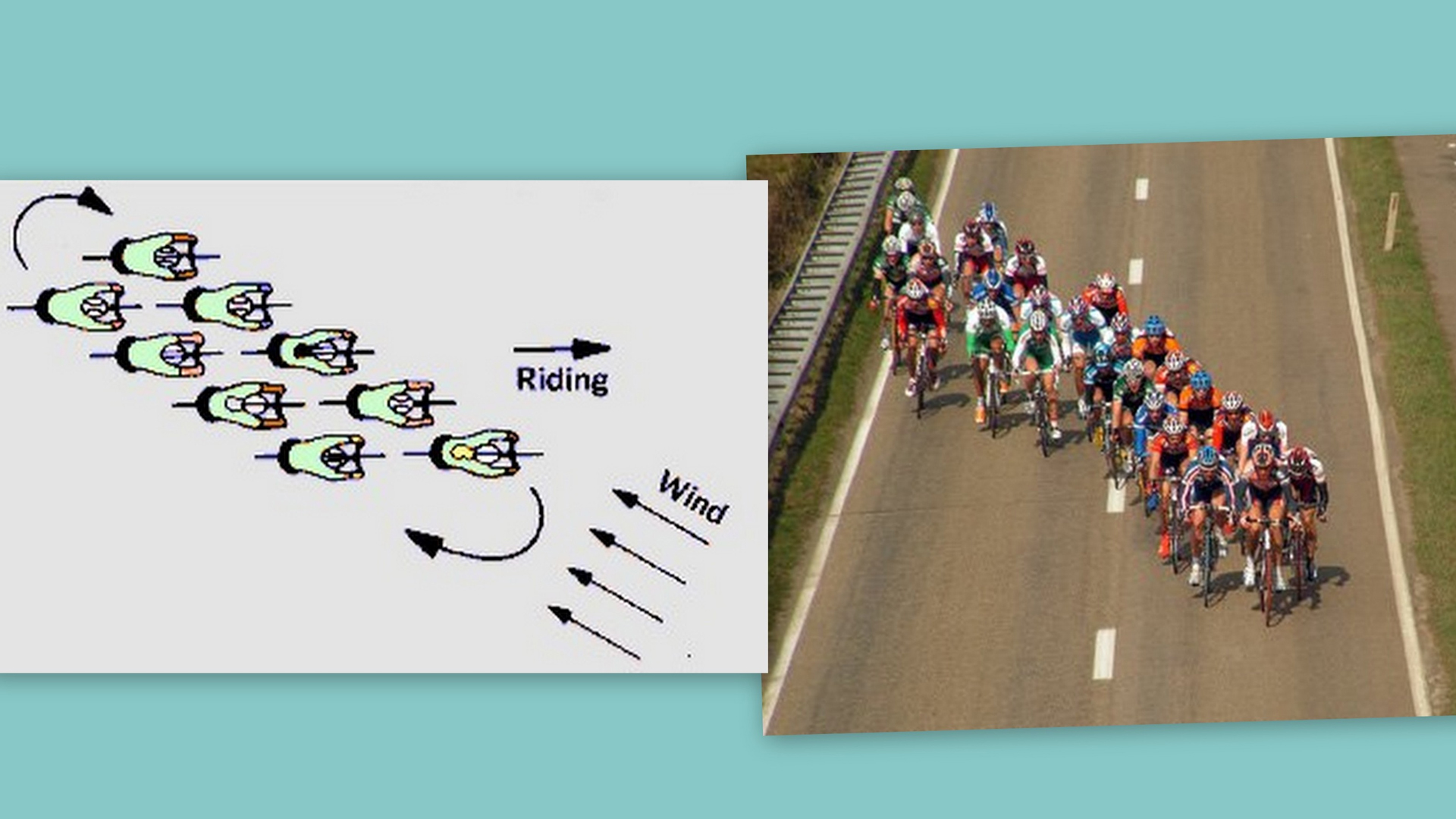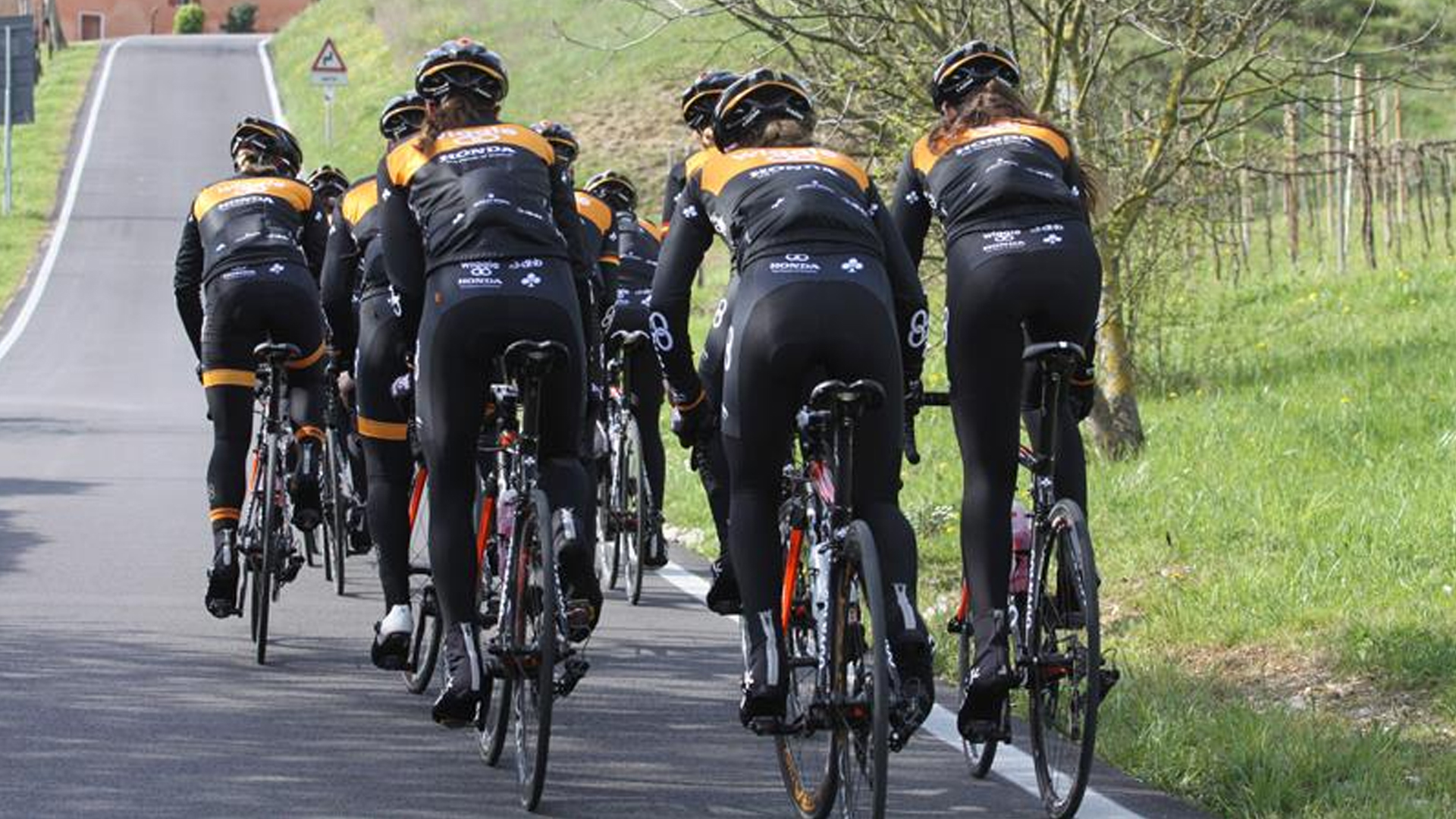The Etiquette to Keep it All Together

All of the formations we’ve discussed will help the group move more quickly – this is great if you’re after a QOM, if you’re racing, and if you just want to get home with an awesome average speed.
Fast riding is fun, and we’re sure you’ll enjoy the feeling of drafting away from the wind – but it’s really important that riders stay alert, communicate with one another, and stick to a few simple rules that will keep everyone safe.
Don’t overlap wheels
Accidents do not need to happen – but sadly they do take place when one rider overlaps the wheel of another. The overlapped rider then moves out, and the two collide – not good. Keep an eye on the position of your front wheel, and always look around before making a move whenever possible.
Maintain a constant pace
For drafting to work, the group needs to stay together. If, when you come to the front of the group, you pull off super hard, and no one can keep up, you’ll be on your own.
When you get to the front of the group, you will need to put in extra effort as you won’t have anyone to draft off, but don’t go so hard you increase the speed.
Outside of a race, if you’re a weaker rider, and struggling to keep up, make that fact known, and spend less time on the front, this will give you more recovery and will ensure you don’t lose contact with the group. Try not to let gaps form, as these will force you to work harder as you lose the benefit of drafting.
Always look before you move
Sudden movements in a close-knit group aren’t helpful – so before you make any movements, look around you, and communicate your intentions if you can. For example, if you plan to pull out of the group, and go to the front, look around, and shout: “On your right (or left)” to the rider you are overtaking.
Hold your line
Cries of “hold your line!” are usually heard in pack races, but the order applies just as much on a Saturday club run (where the utterance might be more like “ahem, excuse me” and “wooooahhhh there..”).
When you are riding in a group, you need to be predictable. If you are riding in a straight line, stick to it. If you are coming up to a corner, ride the corner in your allocated spot around the bend. The rider behind you will anticipate this. If you suddenly change your mind and decide to take the bend on the inside of other riders, you can expect to cause chaos behind you.
Sometimes your voice just isn’t enough to tell other riders in the group what’s going on – and you might need to use hand signals instead. We’ve got an in-depth guide to road cycling group hand signals and calls here, so read up before heading out to ensure a safe and enjoyable ride.
You may also enjoy:
How to help a fellow rider who is struggling on a rider
How to find a group to ride with
Ways to make cycling into a headwind easier
